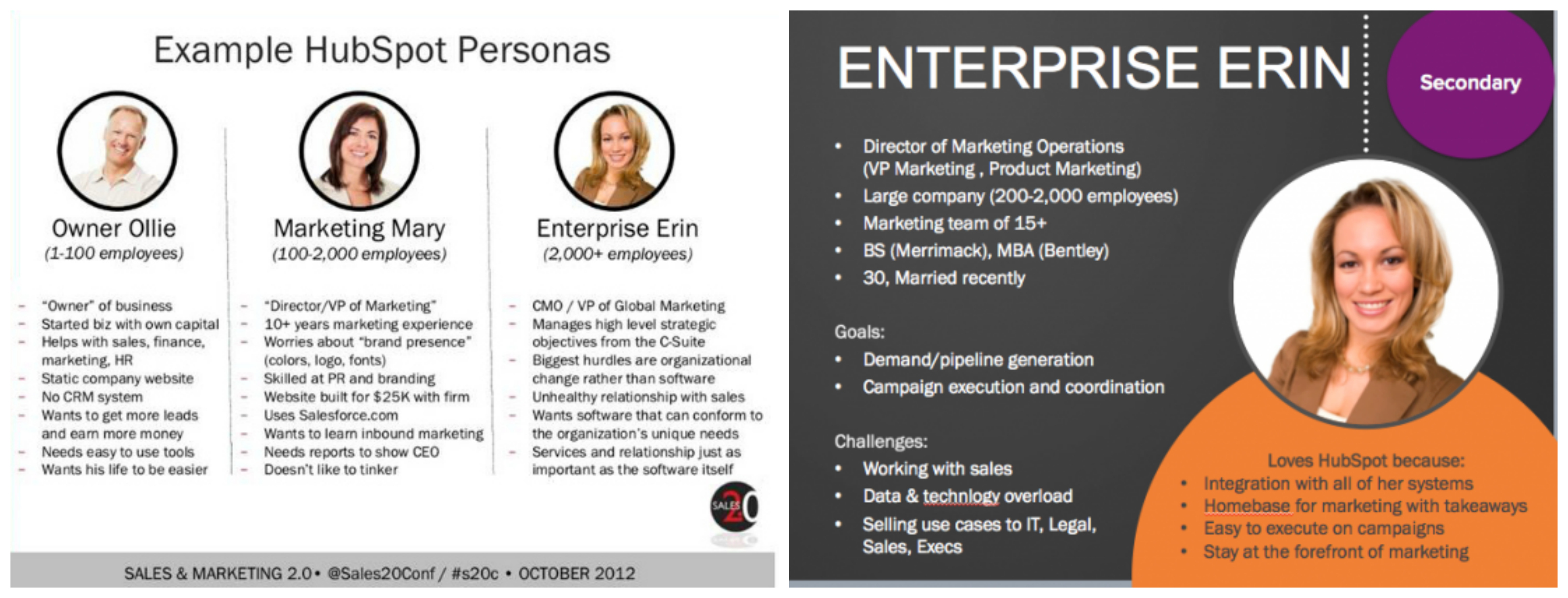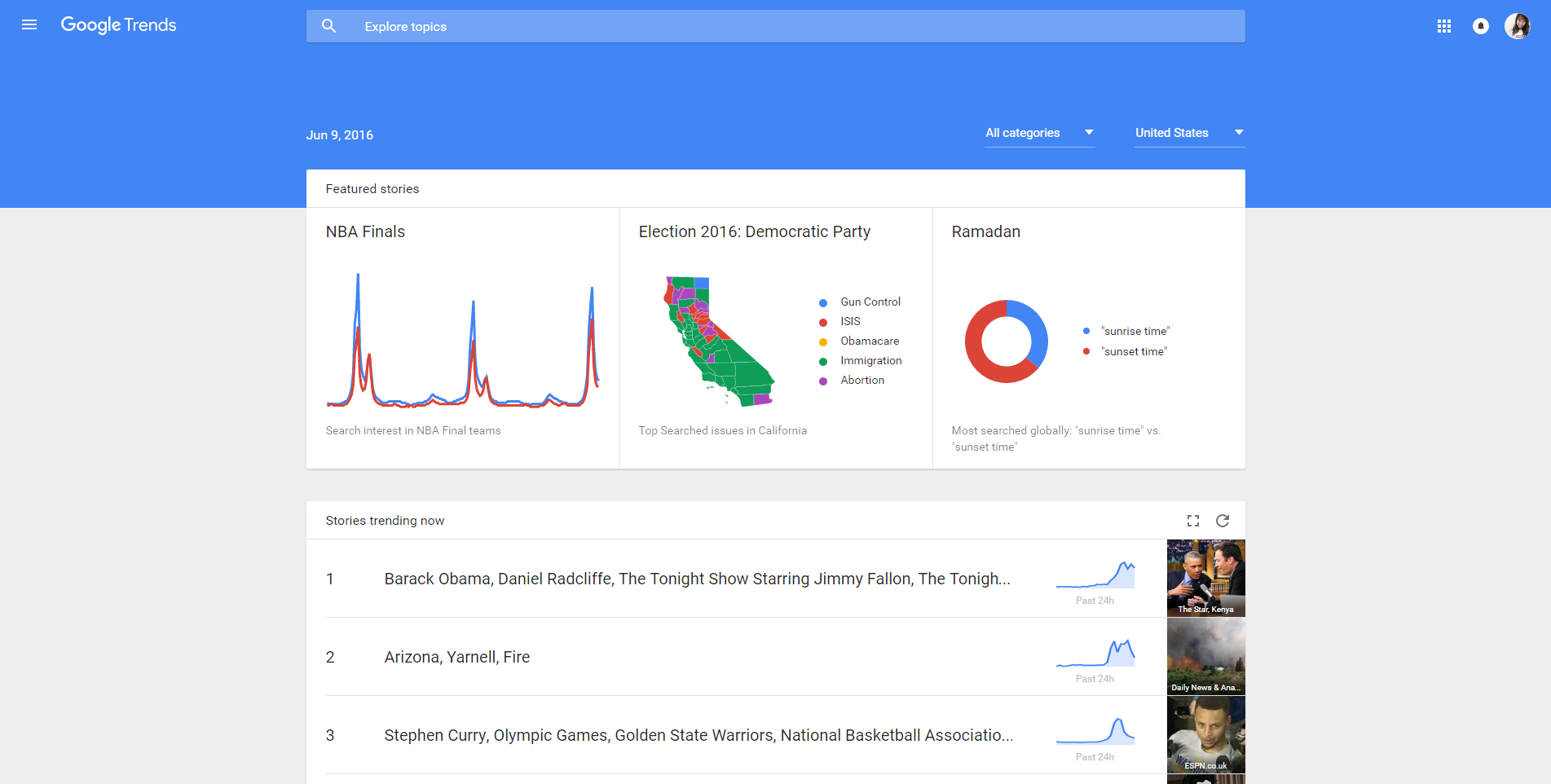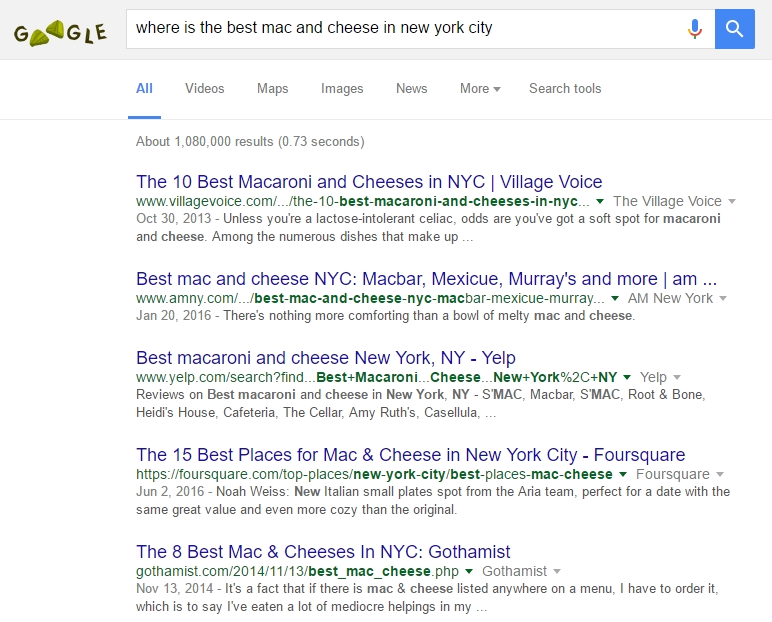Steph W. from SEOPressor


...help you check your website and tell you exactly how to rank higher?


84
score %
SEO Score

Found us from search engine?
We rank high, you can too.
SEOPressor helps you to optimize your on-page SEO for higher & improved search ranking.
By winniewong on June 15, 2016

It’s been going strong for years, with no signs of slowing down: Content marketing is still the best way to bring more viewers to your website, and among the most cost-efficient possible ways of generating new leads.
According to Hubspot’s annual State of Inbound Marketing report, companies using content marketing save $14 per lead over other lead-generation types.
So if you’ve been sitting back, waiting for the next big thing to hit so you can jump on that bandwagon early, you’ve still got a long time to wait. Content marketing mixed with strong Search Engine Optimization (SEO) strategies is still the dominant form of broad-reach web marketing, and unlikely to go away anytime soon.
Otherwise, if you’re new to the game, welcome aboard! This guide is designed to familiarize newcomers with the content marketing landscape in 2016 and help point you towards starting strategies.

Here’s a quick aside: What exactly does “content” mean?
Within the context of content marketing, “content” is any form of messaging you put online in hopes of attracting views from potential leads.
This covers all of the obvious content types, including blogs, podcasts, YouTube videos, and slideshows. However, it can also include pretty much any other materials you might post anywhere else, from Facebook posts to even esoteric social media services like Snapchat.
This guide will primarily focus on content which is posted, hosted, or linked-to on your main website, without delving deeply into Social Media strategies.

Perhaps the single most important thing to understand about content marketing is that it must always be laser-focused on your market, and the types of people you want to attract to your website.
Content marketing is intensely people-centric. It’s not “push” marketing, where people are exposed to messages whether they ask for them or not, such as in billboards or direct mail. Content marketing is inbound, meaning visitors have to make a conscious deliberate choice to view your messages and content.
So before you start to formulate any strategies relating to content or SEO, you need to know your audience intimately. This means having buyer personas. A buyer persona is a narrative-like description of an ideal or averaged customer, based on as much research as you can muster. It attempts to humanize your customers in a way that helps you relate to them.
At the least, a good buyer persona should include:
Why are some of those seemingly extraneous pieces of information, like sexual preferences, important? Because “identity politics” and custom personalization are a major part of life for a large number of people.
People today are hyper-aware of the many dividing lines between groups of people, and most will naturally gravitate towards materials they see as being about them and react poorly to materials they view as exclusive of them.
As an easy example: If your target audience is upwardly-mobile urbanites under 40, it would be a mistake to assume them all to be straight. The urban LGBTQ community is growing steadily in both visibility and purchasing power, and will reject materials they view as strictly “heteronormative”. Be as inclusive as possible.
On the other hand, if your target market is older rural conservatives, inclusivity is not seen as positive. They would want a traditional portrayal of social life, and reject materials which are overtly “politically correct”.
Here’s a good example of a buyer personas from Hubspot:

Creating a buyer persona can help to get a better understanding about your target audiences who buy your products or services.
The more detailed your buyer personas are, the more easily you’ll be able to identify such key sociological/psychological points and target your materials appropriately.
Once you have a firm understanding of your target audiences, it’s time to dig into their online behaviors because effective content marketing requires a keen understanding of how people are using Google and other online information sources.
Free online tools such as Google Trends, as well as numerous paid services can provide vast amounts of hard data on what people are searching for, on any topic imaginable.

You can check out the latest trending topic happening around you with Google Trends.
This is vital because of a key shift in how people are using Google over recent years.
Whereas previously searches were based on keywords, now questions are the dominant form of search string. When someone types in “What are the best foods for greyhounds?” they expect an exact answer to that question near the top of the search results. Likewise, Google will be searching for websites that include that exact answer.
In other words, the vast majority of your content should be geared at answering questions which target leads will be inputting. Keyword-based searches shouldn’t be discounted entirely, but on the whole, answering questions is key to getting high search placement.
In best cases, an answer which is seen as definitively correct by Google and is widely linked-to will get its own special box at the top of search results, gaining prominent placement above all others.

When you understand what kind of content that the users are looking for (user’s intent), it will be easier for you to provide them the information that they wanted.
So, along with your buyer persona, research and document the questions your buyers will be most likely to ask of Google and tailor your content to match.
Now that you understand your customers and you have data on their searching habits, how do you start planning the content you’ll include on your website?

The key here is variety.
There should be as many different types of content as possible, on as many subjects as are relevant to your business and your readers. Don’t settle into a comfortable rut of only posting written blogs in the 400-600 word range, as there is far more you can do to attract a wider audience.
Good examples include:
As you add content to your website, you’ll be able to track its popularity among visitors by looking at your user data. Keep modifying your content types to seek greater user engagement.

At this point, you should have enough information to start planning your first few months of content. However, let’s look forward.
What are some forms of content that are likely to become popular in the months and years to come?
Content marketing is bigger than ever before, and more is being spent on it than ever before. Good content must keep your audience in mind at all times, constantly tracking results to bring in more viewers.
A wide variety of content is best for attracting a wide range of viewers. Aim for content types which either answer questions being entered into Google, or which are highly likely to get shared on social media.
And above all else: Keep experimenting! New innovations in content marketing are still frequent, and you could easily be the next success story with a single great idea.
Do you have any content marketing strategy that you have tried, which is effective to your website? Leave us a comment down below and share your tips with us!
Updated: 4 January 2026


Save thousands of dollars (it’s 100x cheaper)

Zero risk of Google penalty (it’s Google-approved)

Boost your rankings (proven by case studies)
Rank High With This Link Strategy
Precise, Simplified, Fast Internal Linking.
